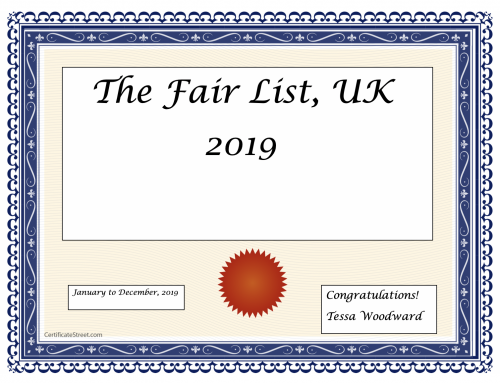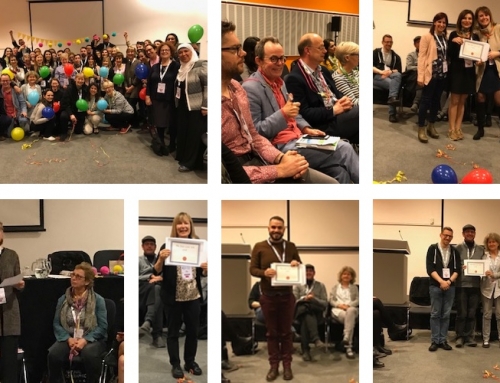1. First, a major distracter!
The Book of Plenary by Phil Beadle (2013) is in the Independent Thinking Press ‘How to Teach’ series. ISBN 978 178135053 9
This interesting, informally written paperback for the largish-sized pocket, is NOT on our topic. It is not about plenaries (in the sense we use it on this web site!) The word is used instead in the sense that UK secondary school teachers employ it, to denote the last ten minutes of a school lesson, the time when a teacher gets students to realise what they have been learning all lesson, and what they still don’t know. The book is thus about the time when the teacher interprets the evidence of their own impact on students.
2. Secondly, a very useful background book on public speaking is:
Lend Me Your Ears All you need to know about making speeches and presentations by Max Atkinson (2004) Vermilion ISBN 009189479-4
We teachers have an advantage over many people new to public speaking. We’re used to preparing ideas and information, telling groups of people about them, then gaining their participation and their reactions. We’re also good at language. We’re used to choosing it, varying it, simplifying it. So, some of the content in this book is our bread and butter. Still, it’s good to be reminded of the fundamental differences between conversations and giving/listening to a speech and of the reasons why speakers get nervous and listeners stop listening. The book is very realistic, has useful summaries at the ends of the chapters and some fun exercises to do. It details what audiences actually prefer in terms of visual presentation and why, despite this, speakers still insist on using slide-driven presentations. It looks at rhetorical techniques, how to paint pictures with words and the use of body language and movement. In the ‘bringing it all together’ sections, there are examples of political speeches, business presentations, social and duty speeches. There are no examples of ELT plenaries, but it doesn’t matter. The book is still extremely useful for starter speakers and can give reassurance and insights to the more experienced. Recommended.
3. Thirdly, a book dedicated ‘To all who have felt fearful before speaking’.
Butterflies and sweaty palms: 25 sure-fire ways to speak and present with confidence by Judy Apps 2012 Crown House publishing ISBN 978-184590736-5
This book takes the ‘improving your self-belief’ angle, reasoning that freeing yourself of performance anxiety depends less on hard work and more on a willingness to try something different. Lots of interesting confidence strategies to try.
4. The book below is a more political read that’s not directly on the topic of giving keynote talks.
Women Leaders in Higher Education: Shattering the myths by Tanya Fitzgerald (2014) Routledge SRHE series. ISBN 978 0 415 83490 2.
Drawing on narratives from 30 women, senior leaders in universities across Australia and New Zealand, this book examines their everyday experiences in senior leadership roles in higher education. In spheres where white women are a numerical minority and indigenous women a rare presence, it tries to find out why some women seek to be leaders and how they enact leadership. It looks at survival strategies, risk, and backlash and explores both the self-perception of such leaders and the perceptions of these leaders by their female colleagues.
I hope you find something in one of these to support your public speaking in 2014.
All good wishes,
Tessa


